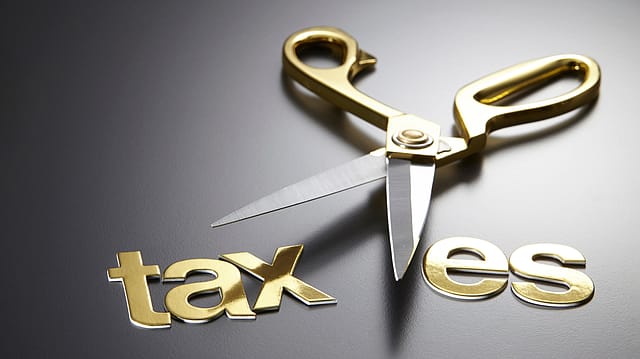Tax benefits for the middle class could help improve demand: CRISIL
ADVERTISEMENT

Income tax relief for taxpayers can mildly cushion the impact of external slowdown by improving domestic demand and consumer confidence, according to CRISIL Research.
Rejigging of personal tax rates will lead to increased disposable income in the hands of consumers, which should increase the sales of two-wheelers and entry-level cars, the ratings agency says.
The Union Budget 2023 increased the exemption limit for availing full tax relief from ₹5 lakh to ₹7 lakh of income under the new regime, and reduced the tax rates for middle-income slabs.
"Even as overall demand has crossed the pre-pandemic level, demand from lower-income segments has lagged richer counterparts. The easing tax burden on laggard income segments can thus help make demand recovery more broad-based," the ratings agency says.
While household (private) consumption has moved above the pre-pandemic level of fiscal 2020, the extent of rise has been the weakest among demand-side components of GDP.
The hike in income-tax slabs is expected to incentivise individuals away from the old tax regime and provide a higher investible surplus, especially at higher income slabs, helping investment, says CRISIL.
December 2025
The annual Fortune 500 India list, the definitive compendium of corporate performance, is out. This year, the cumulative revenue of the Fortune 500 India companies has breached $2 trillion for the first time. Plus, find out which are the Best B-schools in India.
"The new tax regime provides a level-playing field among the investible instruments instead of investing for taxsaving purposes. The reduction of surcharge at the highest tax bracket and its impact on the reduced incidence of taxation for individuals in the bracket is expected to improve their appetite for investing in alternative investment funds (AIFs), portfolio management services, and other alternate investment products," it says.
However, an analysis of an individual earning ₹15.5 lakh under the old and new regimes indicates that taxable income will be lowest under the old tax regime considering the individual avails all deduction benefits.
On the capex push in Budget 2023, CRISIL says the government has tried to strike some balance between fiscal consolidation and growth, by continuing its focus on capital expenditure and creating fiscal space for that by cutting revenue expenditure.
"Budget 2023 paves the way for yet another year, when the government is using the infrastructure capex tool to support the economy. But this time, the push is larger. The aim is to lift a post-pandemic domestic economy out of the woods and simultaneously crowd in private sector capex," the ratings agency says.
"The government has largely stuck to its medium-term path of lifting the productive capacity of the economy through higher infrastructure spend, rather than directly boost consumption in a broad-based manner in a pre-election year," it says.
As seen in previous years, the highest budgetary allocation under capex is directed towards major infrastructure-related sectors such as roads (₹2.6 lakh crore, 25.4% growth over fiscal 2023RE) and railways (₹2.4 lakh crore, growing 50.8%).
CRISIL says the lower allocation for the Mahatma Gandhi National Rural Employment Guarantee Act (MGNREGA) should not be alarming. Budget 2023 reduced the MGNREGA allocation to ₹60,000 crore for FY24, compared with ₹89,400 crore in fiscal 2023. "MGNREGA is a social safety-net scheme and is driven by demand. So, periods of rural stress or shocks result in higher-than-budgeted spending under this scheme," says the ratings agency.
